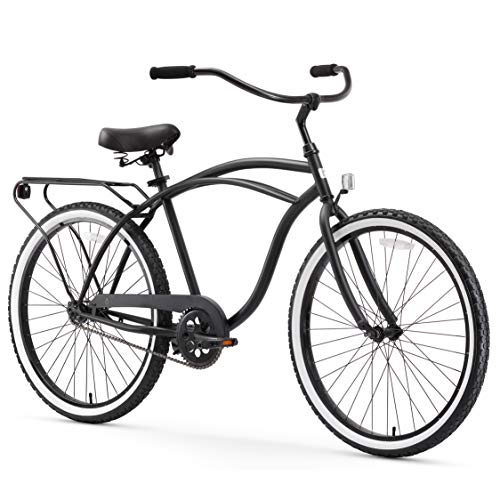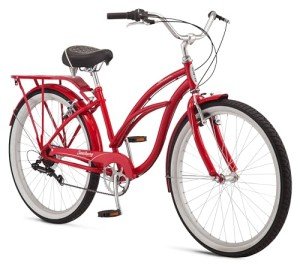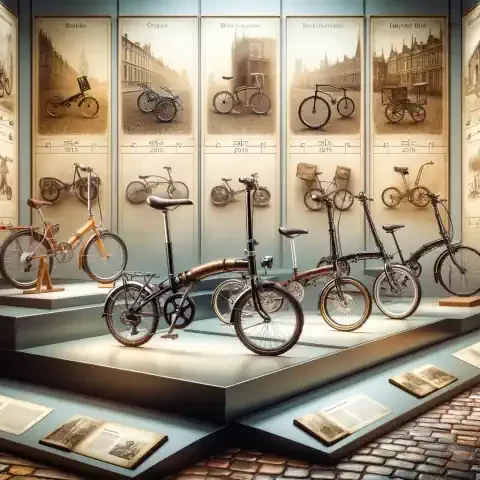The bicycle, a simple yet revolutionary invention, has been a pivotal mode of transportation and recreation for over two centuries. Its evolution reflects the ingenuity and changing needs of society, transitioning from a leisurely pastime to a symbol of freedom, fitness, and environmental sustainability. This article delves into the history of the bicycle, its varied forms, and its role in shaping a sustainable future.
The Dawn of Cycling: A Historical Overview
The genesis of the bicycle can be traced back to the early 19th century. Initially known as the 'dandy horse' and lacking pedals, it was a rudimentary form of transportation and a novelty among European aristocrats. The invention of the pedal bicycle in the mid-19th century marked a significant turning point, making cycling more practical and popular. This era witnessed the rise of the 'penny-farthing,' with its iconic large front wheel and small rear wheel, a design that, while precarious, symbolized the adventurous spirit of the Victorian era.
The Bicycle Boom and Social Change
The late 19th and early 20th centuries saw a "bicycle boom," with innovations like the safety bicycle – featuring equally sized wheels and a chain drive – making cycling accessible to the masses. This period also ushered in significant social changes, particularly for women, for whom cycling became a symbol of independence and a challenge to traditional gender norms.
Types of Bicycles: Adapting to Diverse Needs
Bicycles have evolved to cater to various needs and terrains, leading to the development of distinct types:
Road Bikes: Designed for speed and efficiency on paved roads, these bikes feature a lightweight frame, thin tires, and a forward-leaning riding position. They are the choice for racing and long-distance riding.
Mountain Bikes: Built for rugged terrain and off-road trails, mountain bikes come with sturdy frames, wide tires with aggressive tread, and suspension systems to absorb shocks.
Hybrid Bikes: Combining features of road and mountain bikes, hybrids offer versatility. They are ideal for casual riders and commuters, offering comfort and efficiency.
Electric Bikes (E-bikes): Incorporating electric motors for pedal assistance, e-bikes have gained popularity for urban commuting, reducing physical strain and increasing accessibility.
Cycling: More Than Just Transportation
The allure of cycling extends beyond mere transportation. It is a form of exercise, a leisure activity, and a competitive sport. Cycling offers numerous health benefits, including improved cardiovascular fitness, muscle strength, and mental well-being. It is also an inclusive activity, accessible to people of all ages and abilities.
The Environmental Impact: Cycling Towards Sustainability
In an era of environmental consciousness, bicycles stand out as a sustainable transportation alternative. They are energy-efficient, produce no emissions, and require fewer resources to manufacture compared to motor vehicles. Cycling reduces congestion and the urban carbon footprint, making it a key component in the fight against climate change.
The Future of Cycling: Innovation and Infrastructure
The future of cycling is bright, with technological advancements and infrastructure development shaping its trajectory. Smart bikes equipped with GPS, fitness tracking, and integrated safety features are on the rise. Cities worldwide are investing in cycling infrastructure, such as dedicated bike lanes and bike-sharing programs, to encourage cycling as a safe and viable mode of transport.
The Social Aspect: Cycling Communities and Advocacy
Cycling has fostered a strong sense of community and advocacy. Cyclist groups and clubs promote the sport, organize events, and advocate for cyclists' rights and safety. These communities play a crucial role in advocating for better cycling infrastructure and policies, further embedding cycling into the social fabric.
Embracing the Bicycle
The bicycle's journey from a curious invention to a symbol of sustainability and freedom is a testament to its enduring appeal and versatility. As society embraces eco-friendly lifestyles, the bicycle stands as a beacon of hope and progress. It's more than just a mode of transportation; it's a vehicle for change, a tool for exploration, and a catalyst for social transformation.
In conclusion, the bicycle, with its rich history and promising future, continues to be an integral part of our lives. Whether for commuting, recreation, or sport, the humble bicycle remains a key player in shaping a healthier, more sustainable, and connected world.
As we celebrate the enduring legacy of the bicycle, let's remember its role in shaping our past and its potential to guide us towards a more sustainable and connected future. Happy pedaling!







